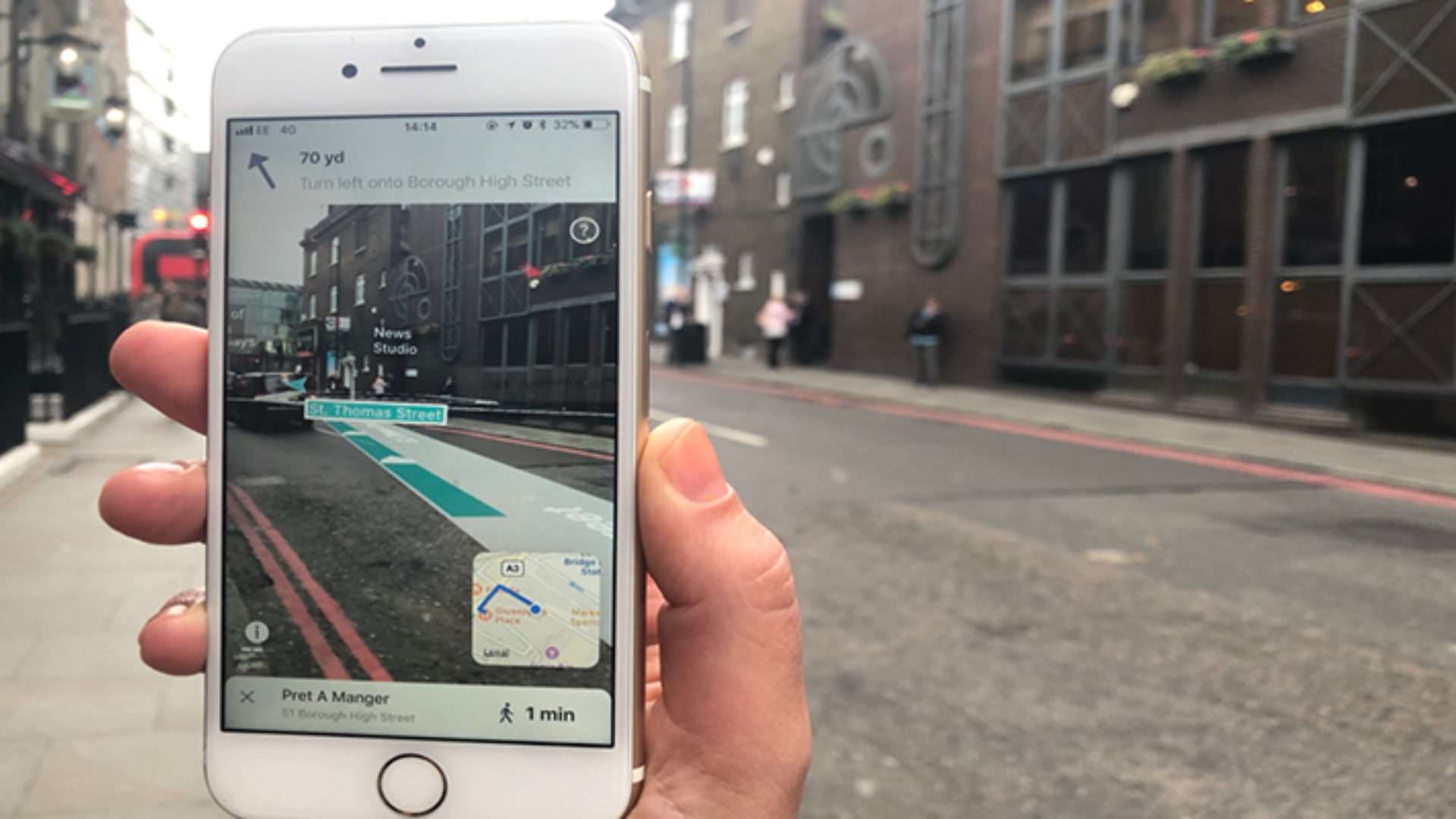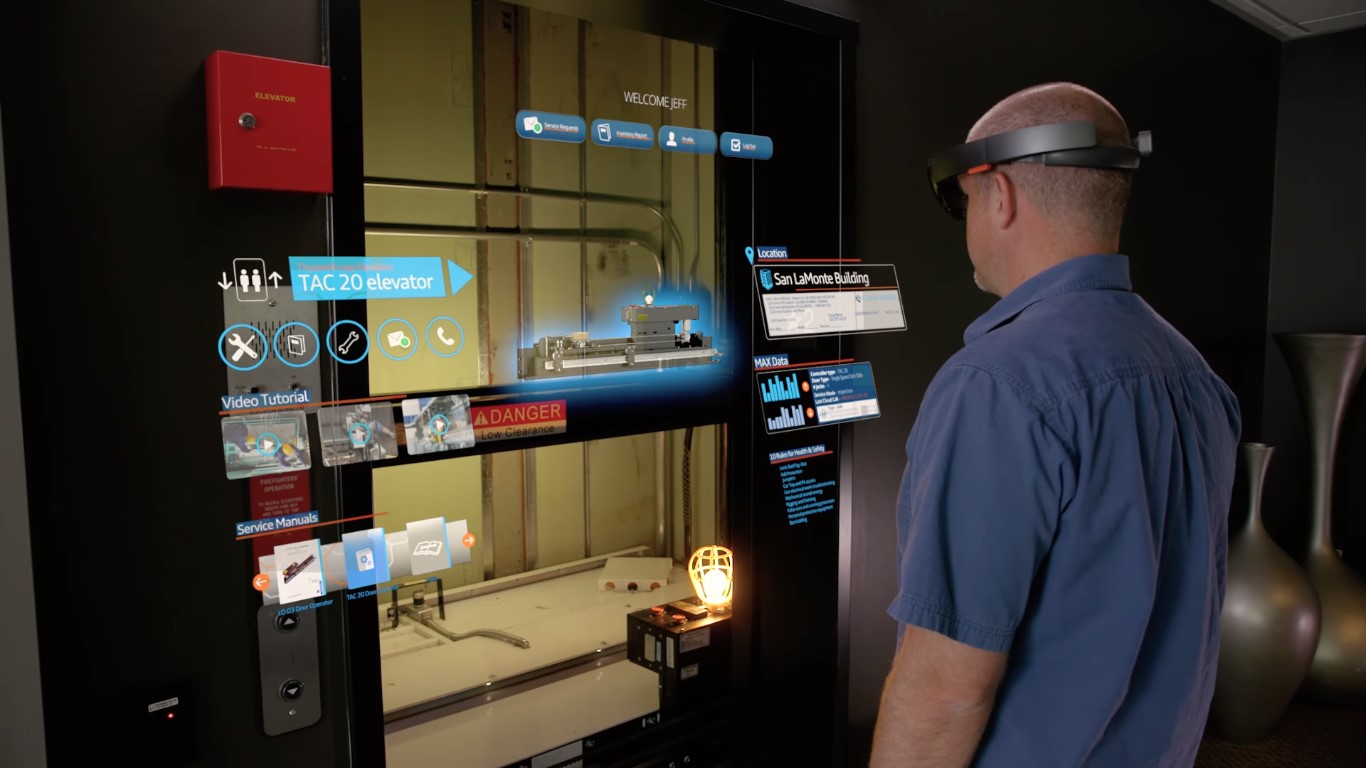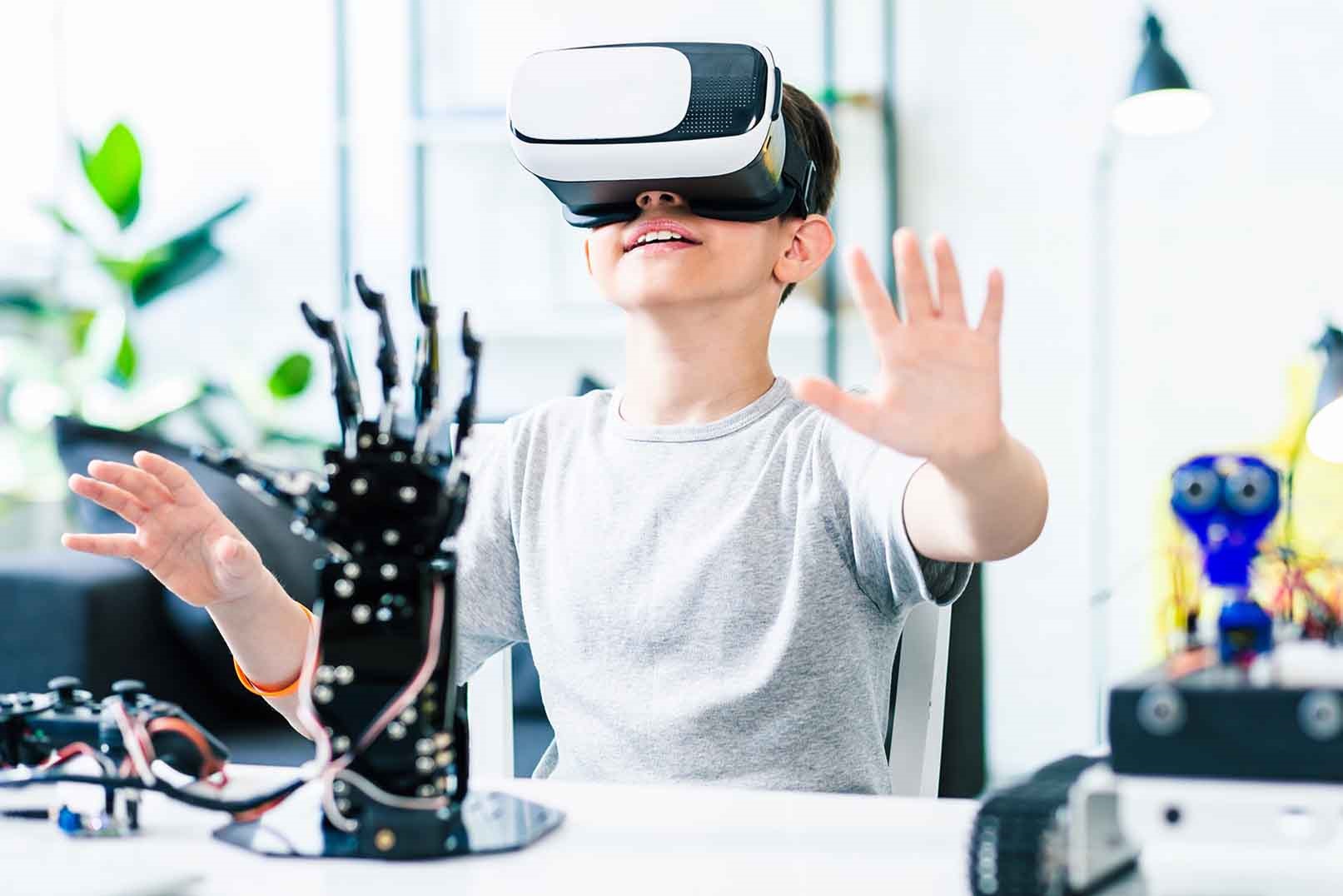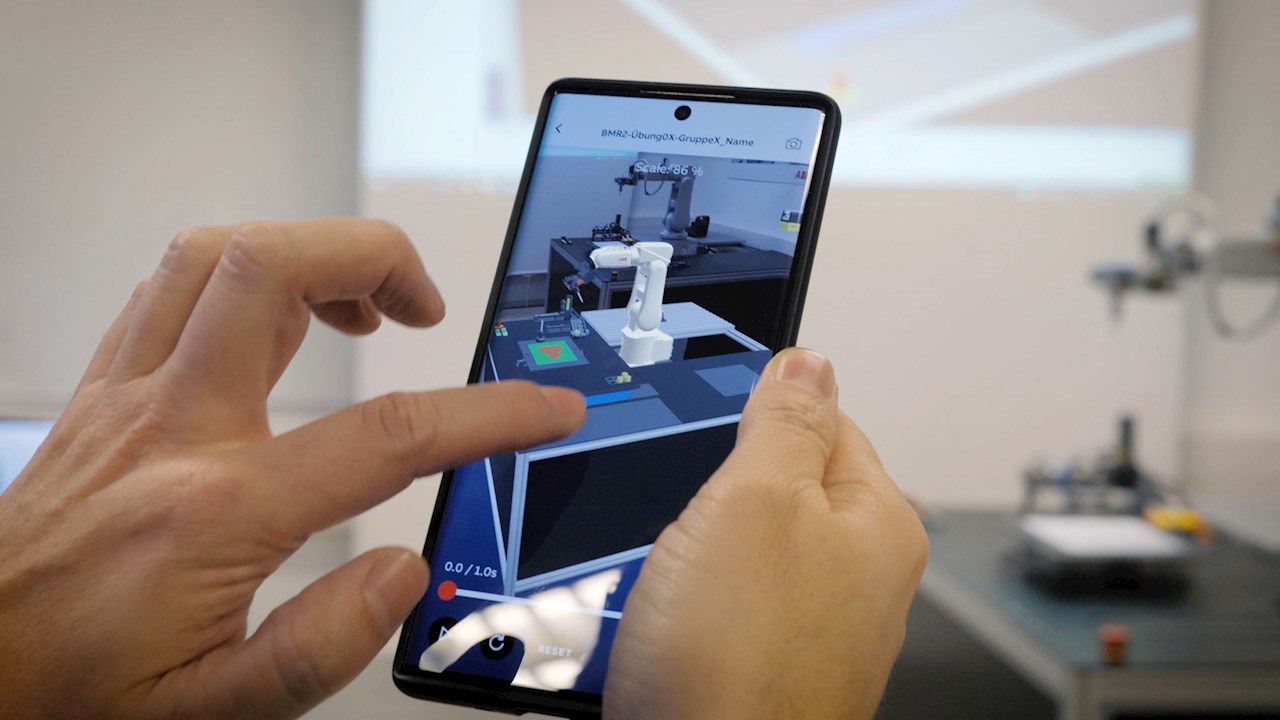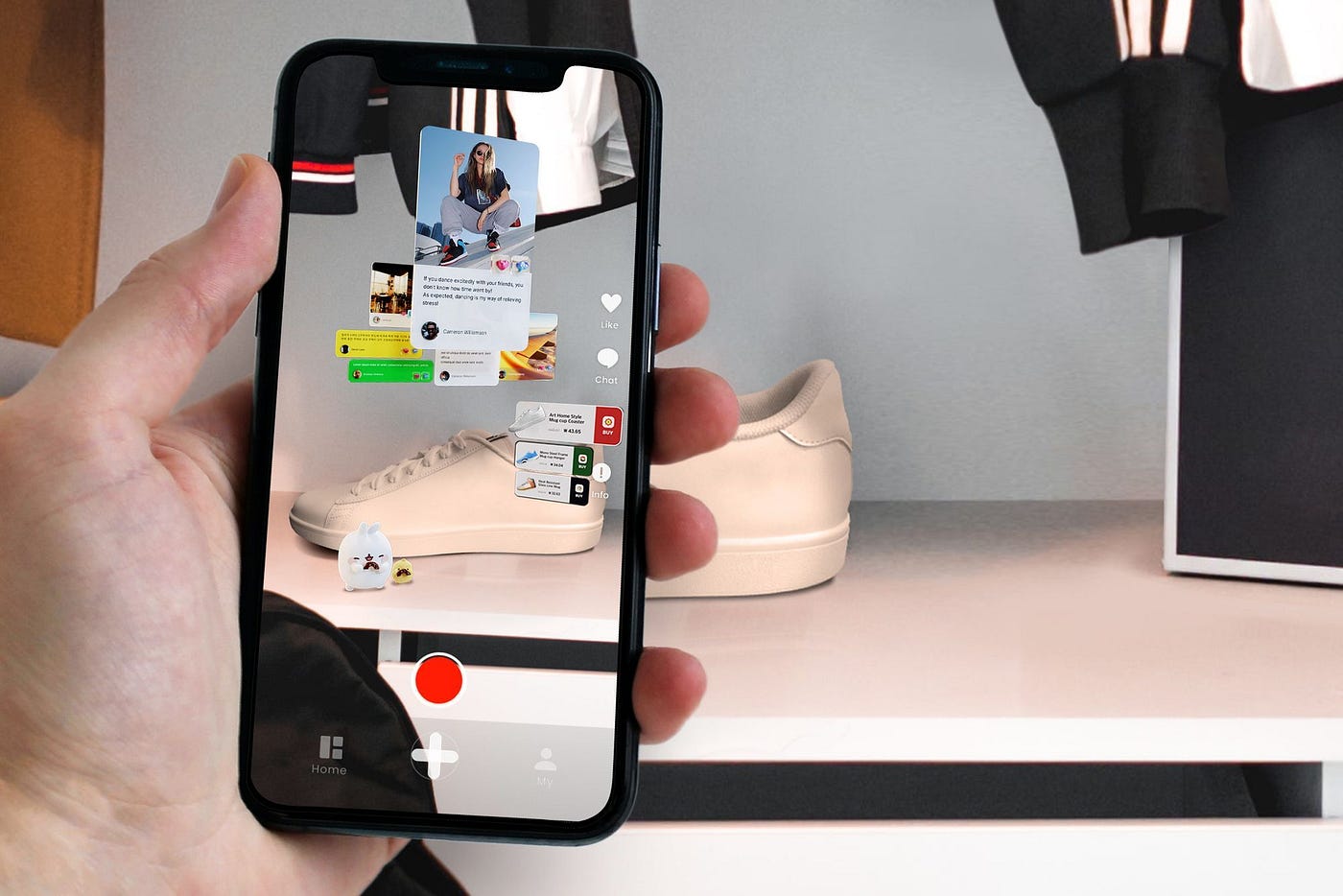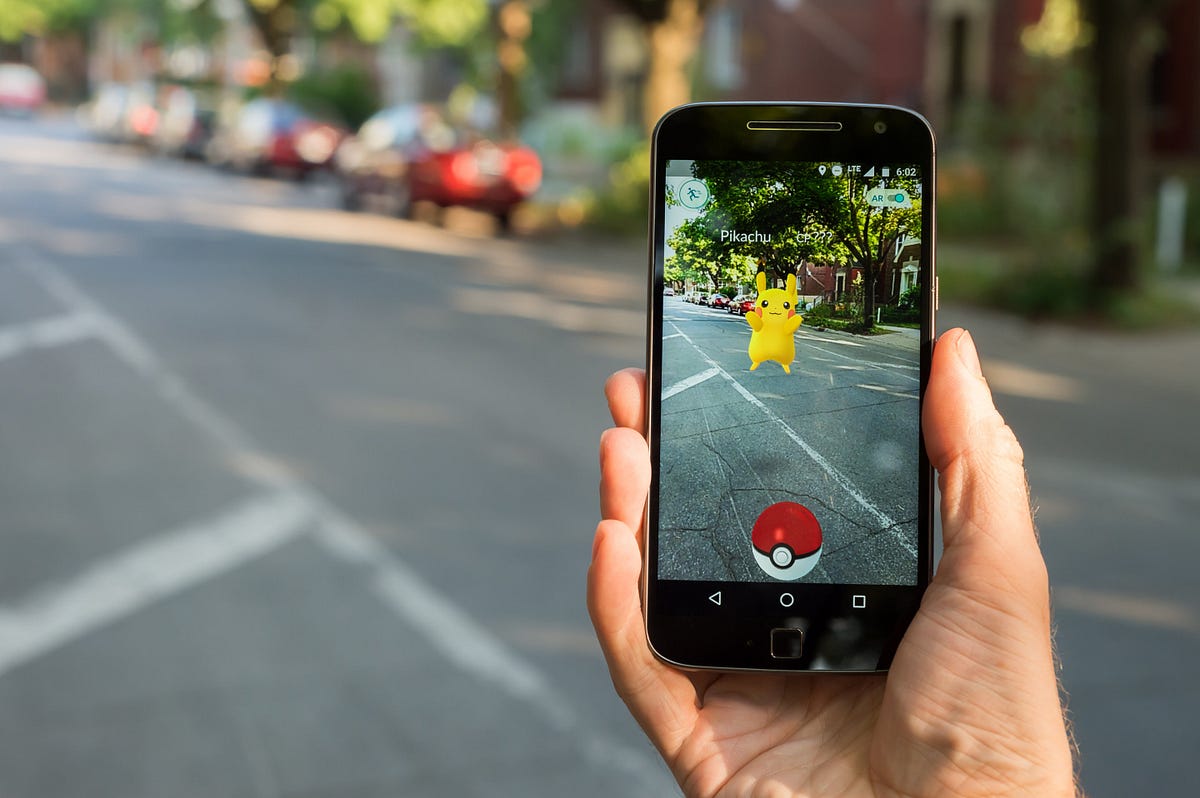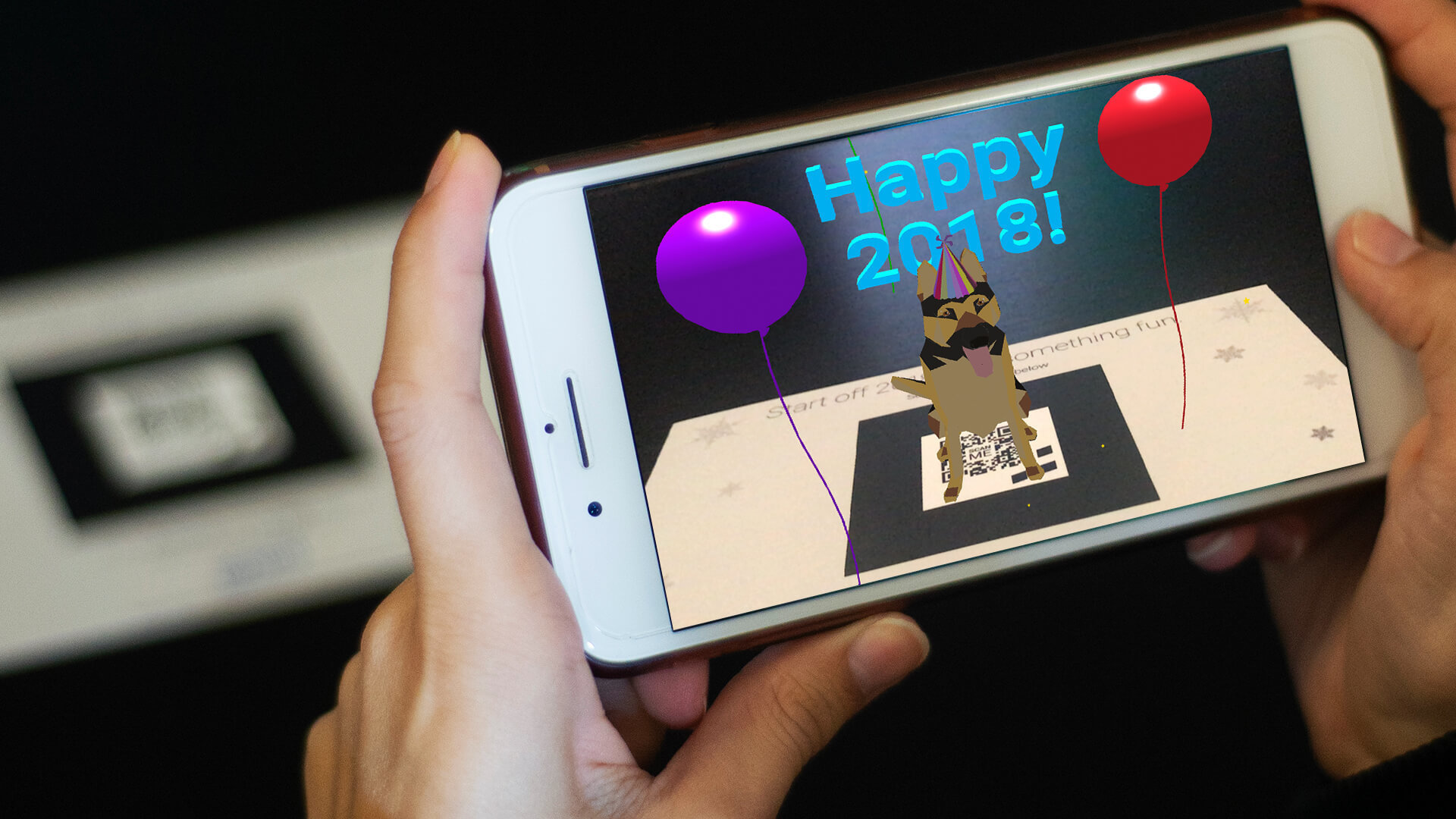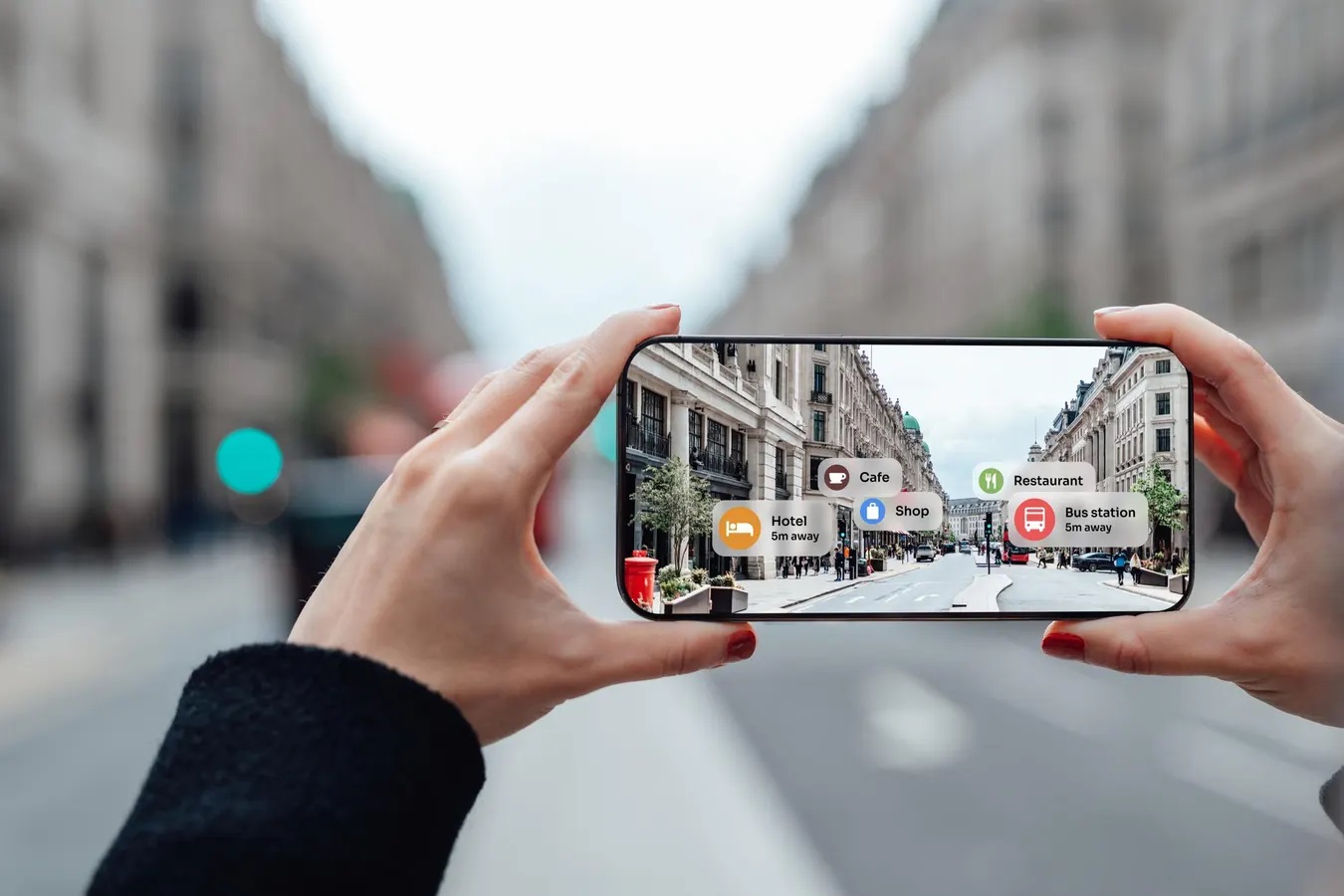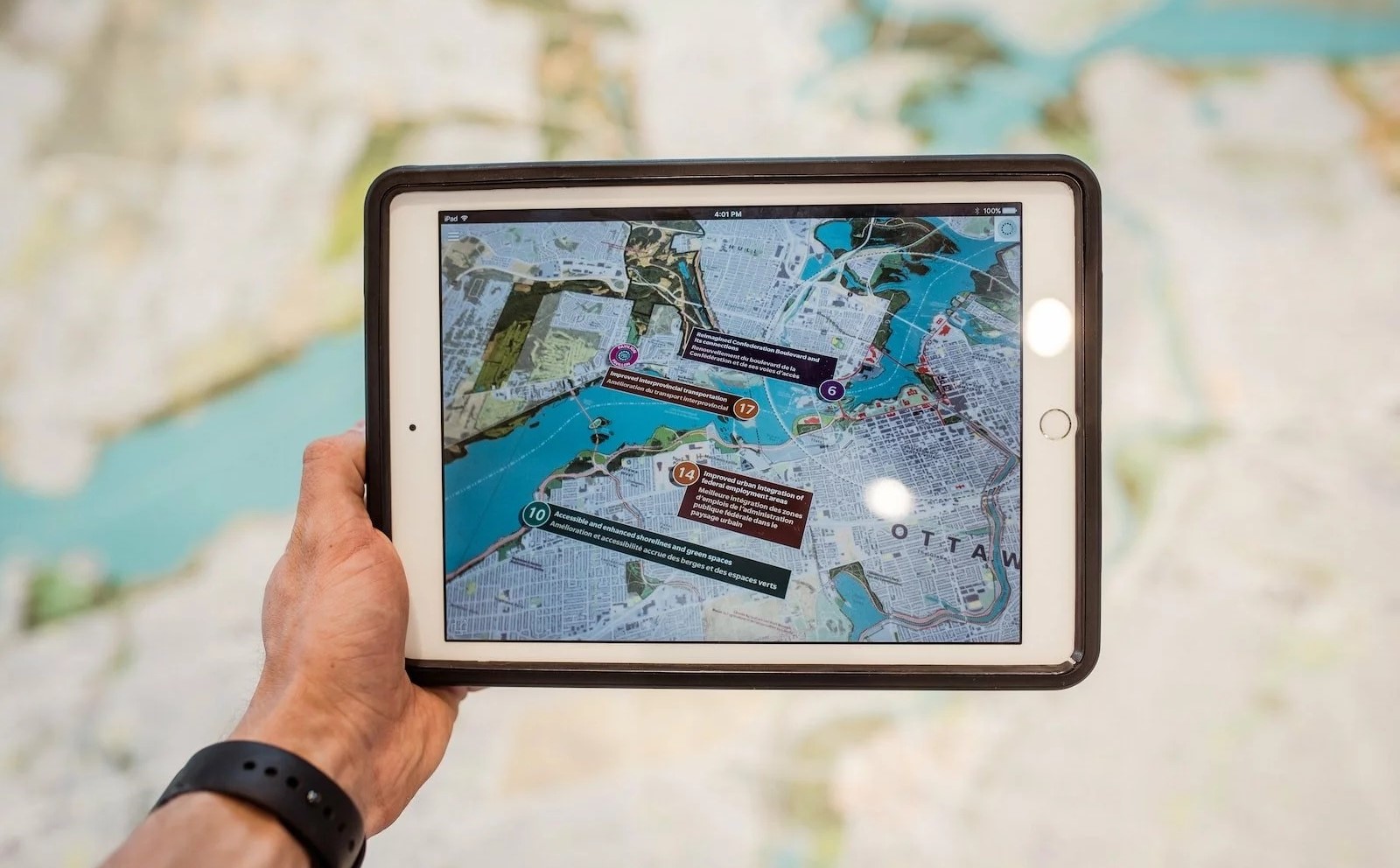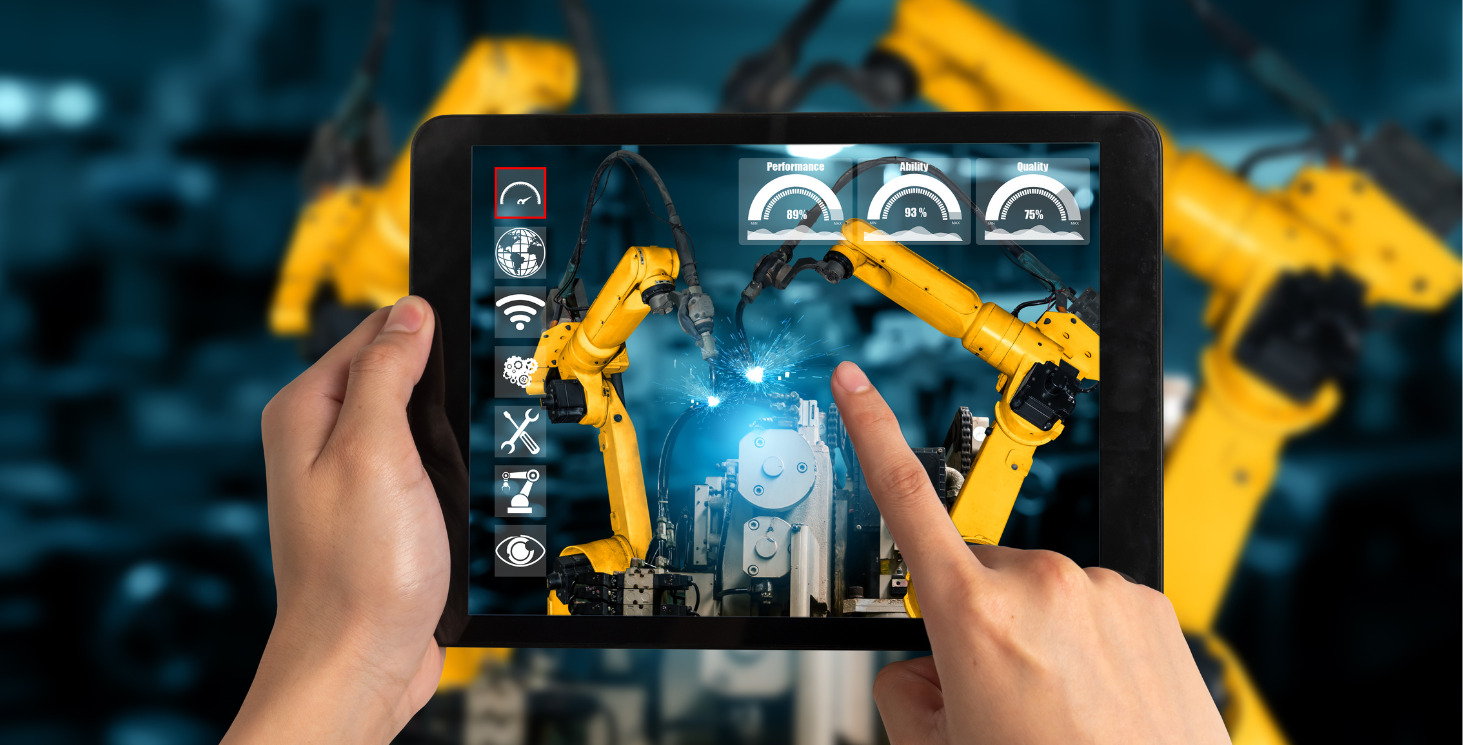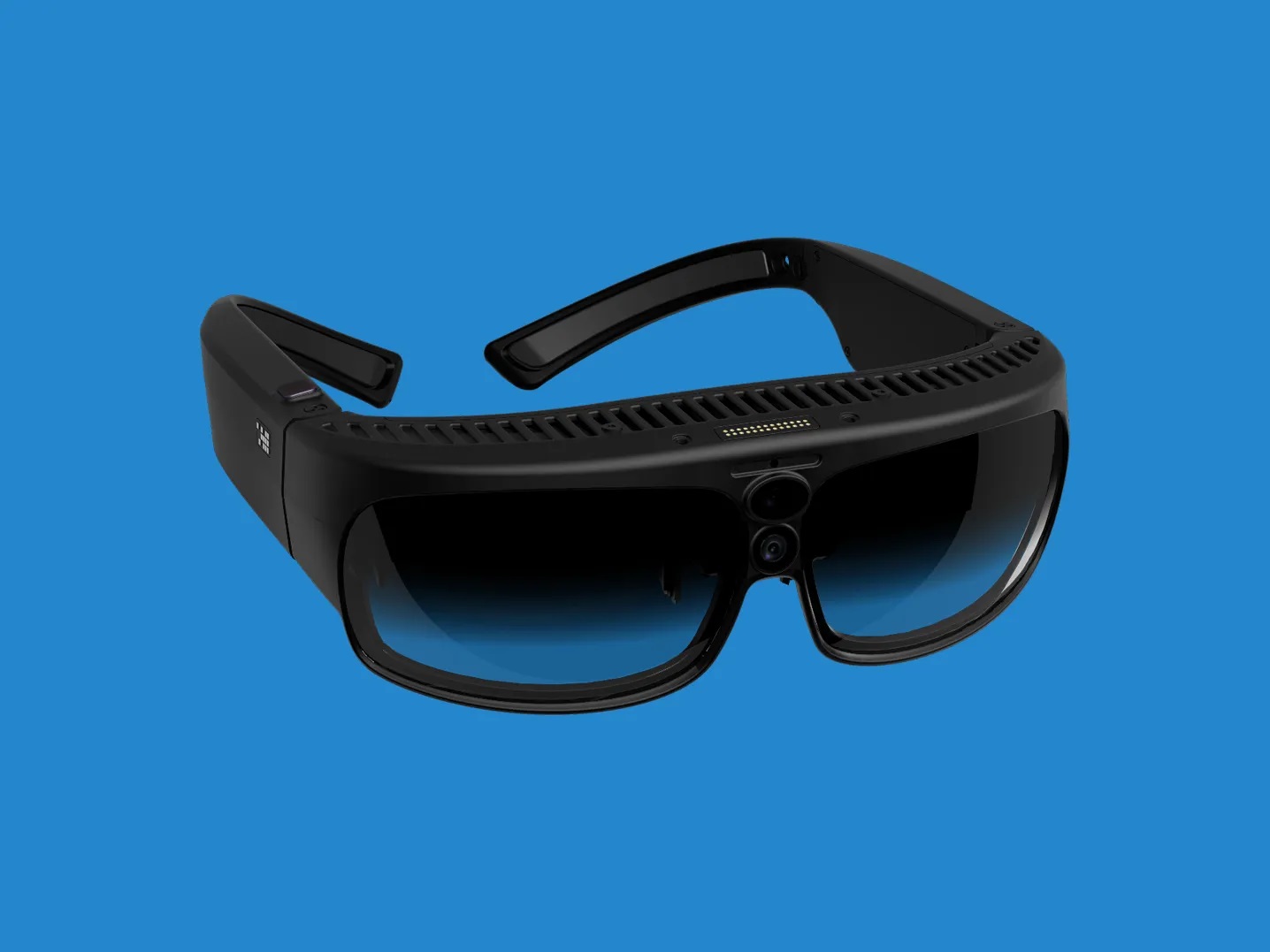Home>Latest News>Technology Trends>The Rise of Augmented Reality
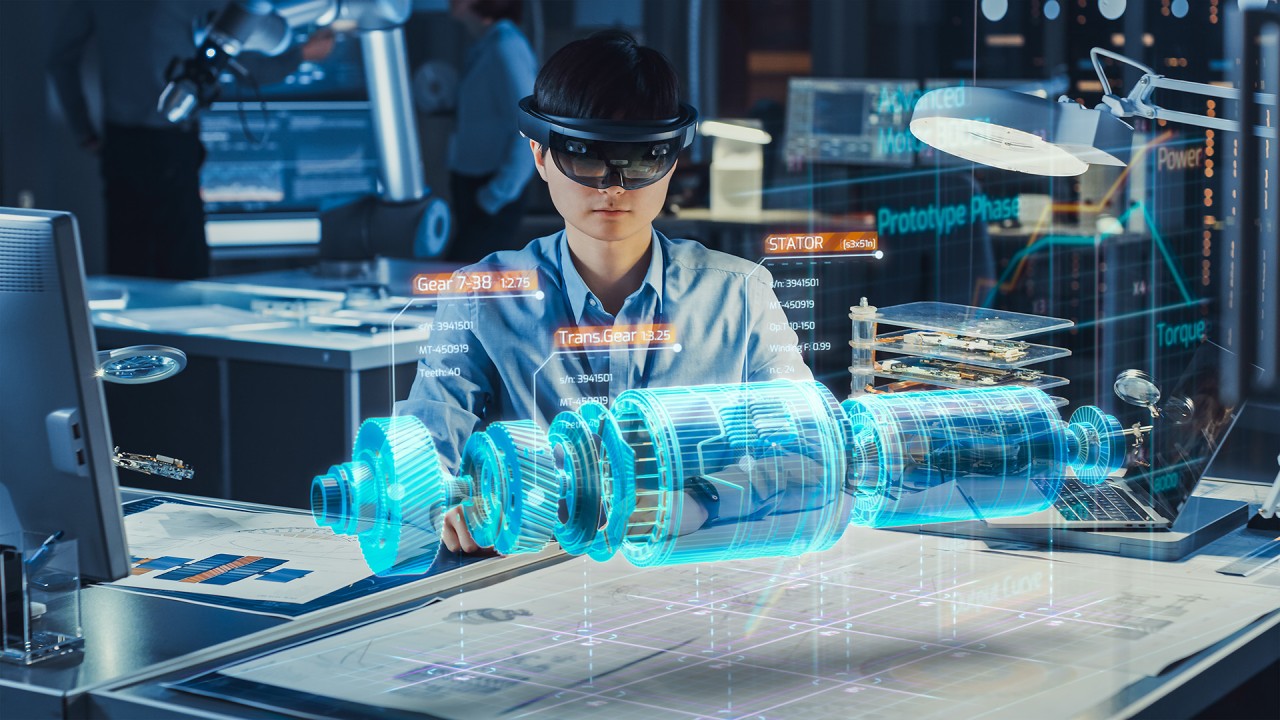

Technology Trends
The Rise of Augmented Reality
Modified: September 5, 2024
Stay ahead of the curve with the latest technology trends. Explore the rise of augmented reality and its impact on the digital landscape.
(Many of the links in this article redirect to a specific reviewed product. Your purchase of these products through affiliate links helps to generate commission for Techsplurge.com, at no extra cost. Learn more)
Table of Contents
The Rise of Augmented Reality: Transforming Our World
Augmented reality (AR) has been a buzzword in the tech industry for several years, and its impact is becoming increasingly evident in various aspects of our lives. From gaming and education to healthcare and marketing, AR is changing the way we interact with information and each other. This article will cover the history, current state, and future prospects of augmented reality, exploring its applications and the technologies driving its growth.
Read more: The Rise of AR Apps
History of Augmented Reality
The concept of augmented reality dates back to the 1960s when computer scientist Ivan Sutherland created a head-mounted display that could superimpose virtual objects onto the real world. However, it wasn't until the 1990s that AR began to gain traction as a distinct field of research. In 1992, Tom Caudell and David Mizell developed a system for guiding workers on the assembly line using AR, marking one of the first practical applications of the technology.
In the early 2000s, AR began to appear in various forms of media, including films and video games. The release of the first AR-enabled smartphone in 2013 marked a significant turning point, as it made AR accessible to a broader audience. Since then, advancements in hardware and software have accelerated the development and adoption of AR technologies.
Current State of Augmented Reality
Today, AR is being used in a wide range of industries and applications. Here are some of the most notable areas where AR is making a significant impact:
Gaming
One of the most popular applications of AR is in gaming. Games like Pokémon Go have blurred the lines between the digital and physical worlds, encouraging players to explore their surroundings while interacting with virtual objects. The success of Pokémon Go can be attributed to its innovative use of location-based services and the integration of real-world environments into the game.
Other notable examples include Harry Potter: Wizards Unite and The Walking Dead: Our World. These games leverage AR to create immersive experiences that extend beyond the screen, enhancing player engagement and interaction.
Education
AR is also transforming the education sector by providing interactive and engaging learning experiences. Tools like Google Expeditions allow teachers to take their students on virtual field trips, exploring historical sites, scientific phenomena, and cultural landmarks without leaving the classroom.
For instance, students can use AR to dissect virtual frogs or explore the human body in 3D. This hands-on approach not only makes learning more enjoyable but also enhances retention rates by providing a more tangible understanding of complex concepts.
Read more: The Rise of Augmented Reality Games
Healthcare
In healthcare, AR is being used for training medical professionals and assisting in surgeries. Surgeons can use AR to visualize patient anatomy in real-time, reducing the risk of complications and improving surgical outcomes.
Additionally, AR-based therapy is being explored for conditions such as PTSD and anxiety. Virtual reality simulations can provide a safe environment for patients to confront their fears, helping them recover more effectively.
Marketing and Retail
The retail industry is also embracing AR to enhance customer experiences. Companies like IKEA and Sephora are using AR to allow customers to visualize products in their homes before making a purchase. This feature not only reduces returns but also provides a more personalized shopping experience.
For example, IKEA's Place app allows users to see how furniture would look in their living room, while Sephora's Virtual Artist app enables customers to try on makeup virtually. These tools not only save time but also increase customer satisfaction by providing a more accurate representation of products.
Industrial Applications
In industrial settings, AR is being used for maintenance and repair tasks. Workers can use AR to access repair manuals and instructional guides directly on their devices, reducing the need for physical documentation and improving efficiency.
For instance, companies like Boeing are using AR to guide technicians through complex repair procedures, ensuring that tasks are completed accurately and safely.
Technologies Driving Augmented Reality
Several technologies are driving the growth and advancement of AR. Here are some of the key factors:
Hardware
Advancements in hardware have been crucial for the development of AR. The release of high-resolution displays and powerful processors has enabled smoother and more realistic AR experiences.
For example, the Oculus Quest 2 offers an immersive VR experience that can also be used for AR applications. Similarly, smartphones with advanced cameras and processors provide the necessary hardware for running AR apps.
Software
Software plays a vital role in creating and managing AR experiences. Platforms like Unity and Unreal Engine provide developers with the tools needed to build complex AR applications.
These platforms offer features such as 3D modeling, physics engines, and animation tools that help create realistic and interactive environments. Additionally, frameworks like ARKit (for iOS) and ARCore (for Android) provide developers with native support for building AR apps on mobile devices.
Artificial Intelligence
Artificial intelligence (AI) is another crucial technology driving AR forward. AI algorithms can be used to recognize objects, track movements, and provide personalized recommendations based on user behavior.
For instance, AI-powered AR apps can recognize objects in a room and provide information about them, such as product details or historical context. This level of personalization enhances user engagement and makes AR experiences more relevant.
Internet of Things (IoT)
The Internet of Things (IoT) is also playing a significant role in the development of AR. IoT devices can provide real-time data that can be used to enhance AR experiences.
For example, smart glasses equipped with IoT sensors can track vital signs or environmental conditions, providing users with critical information in real-time. This integration of physical and digital worlds creates a seamless AR experience.
Read more: The Advantages of Augmented Reality
Future Prospects of Augmented Reality
As technology continues to evolve, the potential applications of AR are vast and varied. Here are some potential future prospects:
Extended Reality (XR)
Extended reality (XR) is an umbrella term that includes AR, VR, and mixed reality (MR). XR has the potential to transform industries such as education, healthcare, and entertainment by providing immersive experiences that transcend traditional boundaries.
For instance, XR can be used to create virtual classrooms where students from different parts of the world can interact in real-time. In healthcare, XR can be used for remote surgeries where surgeons can collaborate with colleagues across the globe.
Smart Cities
Smart cities are another area where AR is expected to play a significant role. AR can be used to enhance urban planning by providing architects and city planners with real-time data about traffic patterns, population density, and environmental conditions.
For example, AR can be used to visualize proposed developments in 3D, allowing stakeholders to better understand the impact of new infrastructure projects on the cityscape.
Social Interactions
AR is also expected to transform social interactions by providing new ways for people to connect and communicate. Social media platforms are already integrating AR features that allow users to create and share interactive content.
For instance, Instagram's AR filters have become incredibly popular, allowing users to add virtual effects to their photos and videos. This level of interactivity enhances user engagement and provides a more immersive experience.
Read more: Augmented Reality Business Card
Challenges and Limitations
While AR has the potential to transform various industries, there are several challenges and limitations that need to be addressed:
Cost
One of the primary challenges facing widespread adoption of AR is cost. High-end hardware and software required for AR applications can be expensive, making it inaccessible to many users.
However, as technology advances and economies of scale improve, costs are expected to decrease, making AR more affordable for the masses.
Privacy Concerns
Another significant challenge is privacy concerns. AR apps often require access to sensitive data such as location information and camera feeds, raising concerns about data security and privacy.
Developers must ensure that they handle user data responsibly and transparently, providing clear guidelines on how data is collected and used.
Technical Limitations
Technical limitations such as latency and resolution can also hinder the adoption of AR. Poor performance can lead to a less-than-ideal user experience, which may discourage users from adopting AR technologies.
However, advancements in hardware and software are continually addressing these technical limitations, ensuring that AR experiences become smoother and more realistic.
Augmented reality is transforming our world by providing interactive and immersive experiences that blend the digital and physical worlds. From gaming and education to healthcare and marketing, AR is changing the way we interact with information and each other.
While there are challenges and limitations to be addressed, the potential applications of AR are vast and varied. As technology continues to evolve, we can expect to see even more innovative uses of AR in the future.
The rise of augmented reality is not just a technological trend but a transformative force that has the potential to reshape our daily lives in profound ways. As we navigate this exciting new frontier, it is important to be aware of both the opportunities and challenges that come with it, ensuring that we harness the full potential of AR to create a more connected, interactive, and immersive world.

